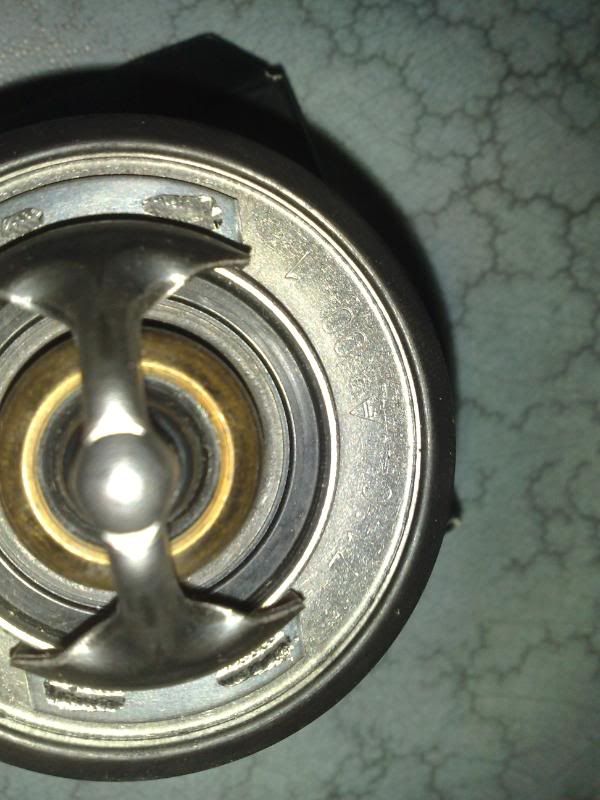Here is an idea that someone may wish to take further. On by small motor (1000cc 13.5:1 compression) I decided that I wanted to reverse the flow of the water. That is take the water from the low Delta T from the radiator and introduce it into the head FIRST and then channel it down through the head gasket to the water jackets around the cylinders. This would remove heat from the area around the exhaust valves more efficiently and also heat up the block more evenly.
Removing heat from the heads would assist in staving off detonation, allowing you to run slightly higher compression. Having the block heat up more evenly and consistently (as opposed to having the cooler water enter the front of the block and then migrate to the rear of the block, as would be with the standard water pump location) would aid in better cylinder roundness and ring sealing.
My main problem was that keeping the water pump on its block mounted location, and finding a way to rechannel to flow via an external line, introduced more problems (complexity, space etc). So I decided to use a Davies Craig electric centrifugal water pump. Now it could have been mounted anywhere, but I came up with the following idea.
Header tank complete.jpg
Waterpump Mount.jpg
This is the expansion tank (header tank) that I fabricated. As you can see the Davies Craig pump is attached to a flange on the very bottom of the tank. Water level in the tank is maintained just above the 90 degree -12 connector, about halfway up the column. The area above the water level is there for system expansion when hot and under increased pressure. By placing the pump in this situation it always has a head of water sitting against the impeller.
BTW - The two smaller AN fittings, further up on the tank are for "vent lines" coming from the head and from the front mounted radiator (this is a rear engine car). The head vent line is placed as high as possible in the head and has a very small pill orifice in the line. A small amount of fluid is always passing through this line, and should a steam bubble occur, then this would be flushed though the line to the upper portion of the expansion tank. As it passes through the pill orifice the steam would condense on the walls of the expansion tank (they being less that the temperature of steam) and become liquid again. The vent line coming from the front mounted radiator is more of a convenience. It comes from the highest point of the radiator and again passes a small amount of liquid to the same upper portion of the expansion tank. This makes the radiator "self-purging" with respect to any trapped air that may be present.
The idea of reverse flow water flow is not new. Pontiac used it in the 50s and the latest Corvette uses a system that incorporates many of the same principles. However in implementing it I was confronted with how to make the water pump work most efficiently.
Hope this gives you some ideas.
Paul
Scuderiatopolino.com
You do not have the required permissions to view the files attached to this post.




